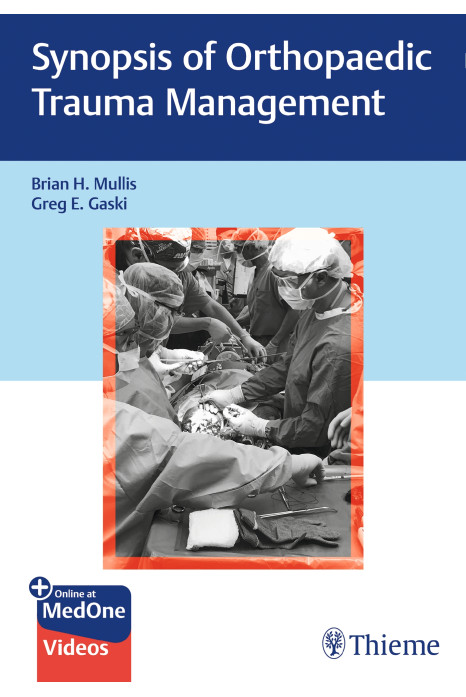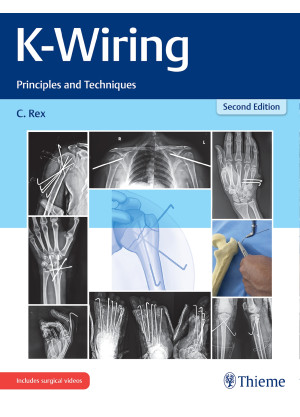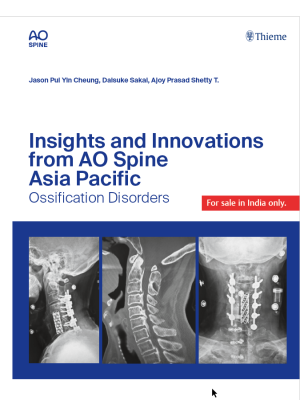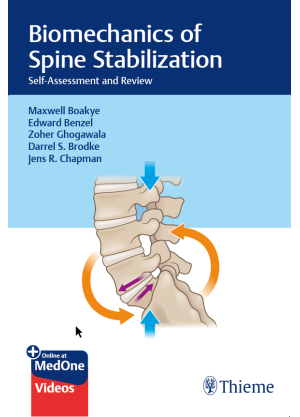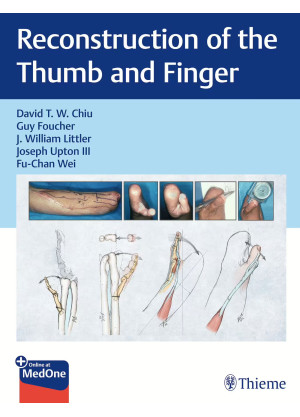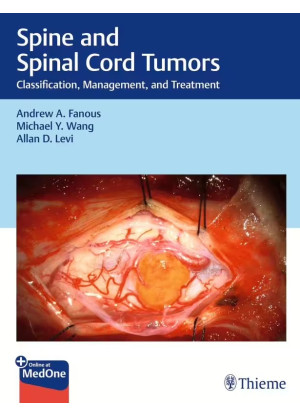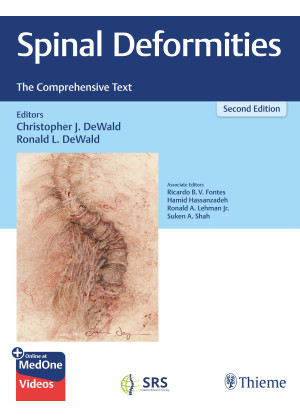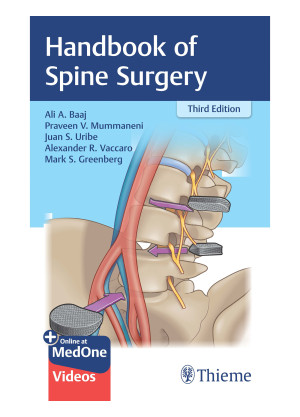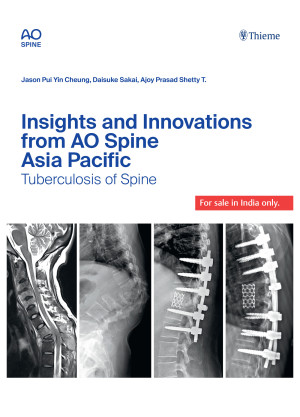User-friendly resource presents state-of-the-art management of orthopaedic trauma
Orthopaedic trauma spans the full spectrum of injury, from simple fractures to life-threatening accidents with multiple broken bones. As such, these incidents are a common reason patients visit emergency departments and receive treatment from orthopaedic surgeons. Synopsis of Orthopaedic Trauma Management by nationally recognized experts Brian Mullis, Greg Gaski, and esteemed contributors fills a gap in the literature by providing a concise yet comprehensive reference for evaluating these conditions and initiating immediate treatment.
The text provides a well-rounded perspective on the surgical and nonsurgical management of trauma in adult and pediatric patients. The opening section lays a solid foundation, with chapters covering physiology, open and closed fracture management, imaging, biomechanics, complications, and other core topics. Subsequent chapters address a full compendium of orthopaedic procedures to treat traumatic conditions of the upper and lower extremities, pelvis, and spine.
Key Features
- Bulleted format provides quick and authoritative navigation of essential information needed for effective treatment
- A wealth of high-quality illustrations, radiographic images, and tables supplement concise text
- Uniformly organized chapters include up-to-date, clinically relevant statistics and suggestions for further reading
- Videos by renowned experts enhance understanding of specific fractures and orthopaedic surgery approaches
This is a must-have resource for providers who treat orthopaedic trauma patients, including general and orthopaedic surgeons, residents, ER physicians, nurse practitioners, physician assistants, nurses, medical students, and others on call. It also provides a robust review for orthopaedic residents prepping for the boards.
This book includes complimentary access to a digital copy on https://medone.thieme.com.
Section I: General Principles of Orthopaedic Trauma
1 Physiology of Fracture Healing
2 Open Fractures and Principles of Soft Tissue Management
3 Closed Fracture Management/Casting
4 Biomechanics of Internal Fracture Fixation
5 How to Analyze a Journal Article
6 Acute Infection Following Musculoskeletal Surgery
7 Nonunion and Malunion
8 Biologics
9 Polytrauma
10 Osteoporosis
11 Pathologic Fractures
12 Principles of Pediatric Fracture Management
13 Acute Compartment Syndrome
14 Amputations
15 Rib Fractures
16 Imaging of Orthopaedic Trauma
Section II: Upper Extremity Trauma
17 Sternoclavicular and Acromioclavicular Dislocations
18 Clavicle Fractures
19 Scapular Fractures
20 Shoulder Dislocation
21 Proximal Humerus Fractures
22 Humeral Shaft Fractures
23 Distal Humerus Fractures
24 Elbow Dislocation
25 Olecranon and Monteggia Fractures
26 Radial Head and Neck Fractures
27 Radius and Ulna Shaft Fractures
28 Distal Radius and Galeazzi Fractures
29 Hand Fractures and Dislocation
Section III: Pelvis or Lower Extremity Trauma
30 Pelvic Ring Injuries
31 Acetabular Fractures
32 Hip Dislocation
33 Femoral Head and Neck Fractures
34 Intertrochanteric, Pertrochanteric, and Subtrochanteric Femur Fractures
35 Femoral Shaft Fractures
36 Distal Femur Fractures
37 Knee Dislocation
38 Patella Fractures
39 Quadriceps and Patellar Tendon Ruptures
40 Tibial Plateau Fractures
41 Tibia and Fibula Shaft Fractures
42 Pilon Fractures
43 Ankle Fractures and Dislocation
44 Achilles Tendon Rupture
45 Calcaneus Fractures
46 Talus Fractures
47 Midfoot Fractures and Dislocation (Lisfranc's Injuries)
48 Forefoot Fractures
49 Cervical Spine Trauma
50 Thoracolumbar Spine Trauma
